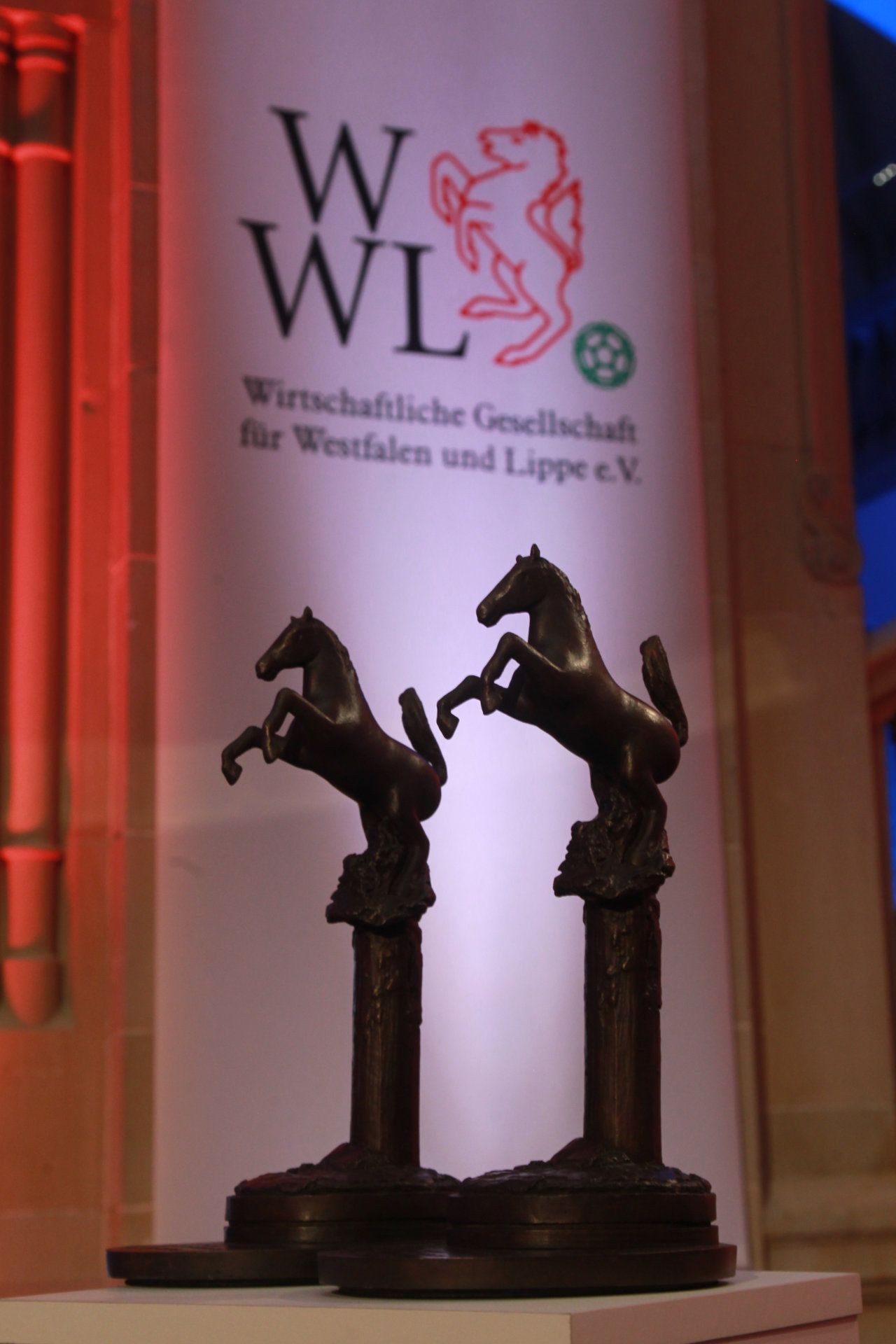Background
The Peace of Westphalia in 1648 ended the confessional conflicts in Europe that had been going on since the Reformation and had led to more than 30 years of warfare in the middle of our continent. The peace treaty of Münster and Osnabrück created the conditions for religious tolerance by recognizing different denominations.
The federal constitutional principle was given greater weight by strengthening the principalities, territories and imperial cities against the central imperial power. The idea of an order of equal states, whose coexistence was based on international law, replaced the centralized unity of Christendom with the emperor and pope at its head.
For the strengthening of Europe
By awarding the International Peace of Westphalia Prize, the Wirtschaftliche Gesellschaft für Westfalen und Lippe e.V. (Economic Society for Westphalia and Lippe) is taking up the cause of the peace treaties of Münster and Osnabrück, which were awarded the European Heritage Label in 2015. At the same time, it aims to make a contribution to the ongoing discussion and implementation of the internal structure of the European Union.
The sculpture for the prizewinners
The winners receive the Peace Prize in the form of a bronze sculpture of the Westphalian horse. The sculpture was designed by the Bielefeld artist Nina Koch.

Die Plastik für die Preisträger


